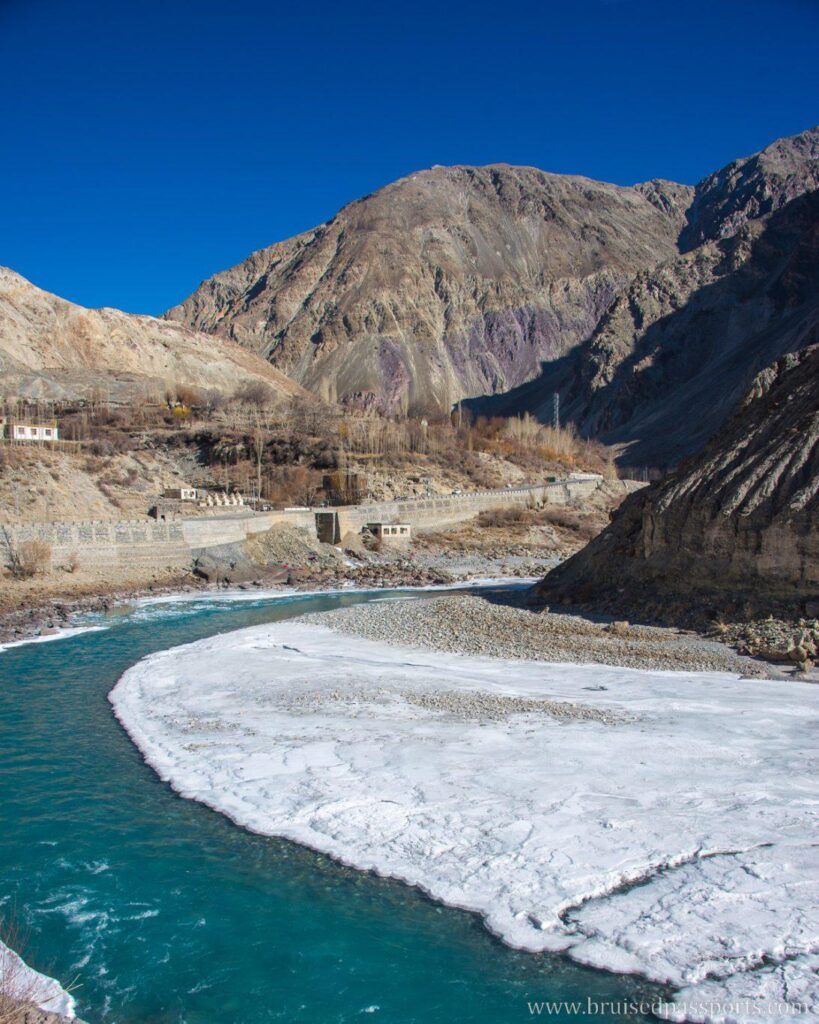In the rugged heights of India’s northern frontier, the region of Ladakh stands at a critical crossroads where traditional ways of life intersect with modern challenges. As climate change intensifies and energy demands grow, Ladakh’s unique ecology and fragile environment demand urgent attention. This article on Resilience.org delves into the complex interplay of autonomy, sustainable energy solutions, and environmental stewardship shaping Ladakh’s future. Exploring how local communities are harnessing indigenous knowledge alongside innovative technologies, it reveals a compelling story of resilience and adaptation in one of the world’s most extreme landscapes.
Challenges in Balancing Traditional Autonomy with Modern Energy Needs in Ladakh
Ladakh’s unique position as a region with deep-rooted cultural traditions and a pressing need for modern infrastructure creates a complex landscape for energy development. The pursuit of self-reliance and preservation of indigenous ways often conflicts with the demand for reliable, scalable energy solutions. This clash manifests in debates over how best to integrate renewable energy technologies-such as solar and micro-hydro power-without disrupting fragile ecological balances or undermining centuries-old practices of resource stewardship. Local communities emphasize the importance of maintaining autonomy over land use and the protection of sacred sites while advocating for energy access that supports education, healthcare, and economic growth.
Several challenges frequently surface, notably:
- Infrastructure limits: Rugged terrain and extreme weather conditions hinder large-scale energy projects.
- Policy mismatch: Centralized energy policies often overlook regional aspirations and ecological sensitivities.
- Resource tension: Competing demands between modernization and conservation place pressure on water and land availability.
Below is a concise comparison of priorities that illustrate the balancing act faced by Ladakh’s stakeholders:
| Traditional Values | Modern Energy Needs |
|---|---|
| Community-managed natural resources | Grid connectivity & energy reliability |
| Minimal environmental footprint | Increased consumption & economic development |
| Preservation of sacred landscapes | Installation of renewable infrastructure |
Finding solutions requires ongoing dialogue that respects Ladakh’s autonomous identity while embracing sustainable and equitable energy advancements, forging a path where tradition and innovation coalesce.
Innovative Renewable Solutions Driving Ecological Preservation and Community Resilience
In Ladakh, the convergence of traditional knowledge and cutting-edge renewable technologies is fostering a transformative approach to environmental stewardship and social empowerment. Local communities have embraced solar microgrids, wind energy systems, and bio-digesters, which not only reduce dependency on fossil fuels but also bolster energy self-sufficiency. This shift is pivotal in a region characterized by fragile ecosystems and limited resources, where every watt of green energy translates into tangible benefits – cleaner air, reduced carbon footprint, and enhanced agricultural productivity. Community-led projects are at the heart of this revolution, emphasizing decentralization and inclusivity to ensure that technological advancements uphold cultural heritage and meet localized needs.
Key innovations driving this momentum include:
- Solar-powered irrigation pumps that optimize water usage in arid fields.
- Modular microgrid systems integrating battery storage for uninterrupted power supply.
- Waste-to-energy initiatives converting organic refuse into biogas for heating and cooking.
| Technology | Impact | Community Involvement |
|---|---|---|
| Solar Microgrids | 70% reduction in diesel use | Local cooperative management |
| Bio-digesters | 60% decrease in biomass burning | Women-led maintenance teams |
| Wind Turbines | Supplementary 15% energy capacity | Youth training programs |
Policy Recommendations for Sustainable Development Amidst Ladakh’s Unique Environmental Landscape
Ladakh’s fragile ecosystem demands a multi-dimensional approach that balances ecological preservation with socio-economic growth. Stakeholders must prioritize adaptive governance models that empower local communities through enhanced autonomy, ensuring traditional knowledge informs policymaking. Strengthening community-led water management and sustainable agriculture can mitigate the harsh climate impact, while promoting livelihoods sensitive to environmental constraints. Further, integrating renewable energy solutions tailored for high-altitude conditions-such as solar microgrids and wind harnessing-can reduce dependence on fossil fuels and decrease carbon footprints without disrupting local biodiversity.
To cement resilience, policymakers should adopt the following strategies:
- Enact strict land-use regulations to protect critical habitats and prevent unplanned urban sprawl.
- Invest in climate-resilient infrastructure designed for permafrost and glacial retreat zones.
- Promote cross-sector collaboration between tourism, energy, and conservation agencies for holistic planning.
| Policy Focus | Key Recommendation | Expected Outcome |
|---|---|---|
| Energy | Deploy decentralized solar-wind hybrid systems | Reliable, low-impact energy supply |
| Ecology | Establish conservation zones with community patrols | Preservation of biodiversity hotspots |
| Governance | Implement participatory decision-making councils | Enhanced local autonomy and cultural preservation |
In Retrospect
As Ladakh confronts the intertwined challenges of autonomy, energy sustainability, and ecological preservation, its experience offers critical insights for regions grappling with similar complexities. The region’s efforts to balance traditional ways of life with modern demands underscore the urgent need for inclusive policies and innovative energy solutions. As stakeholders come together to navigate these pressing issues, Ladakh stands as a vital case study in resilience and adaptation, highlighting the intricate connections between governance, environmental stewardship, and community empowerment in a rapidly changing world.
